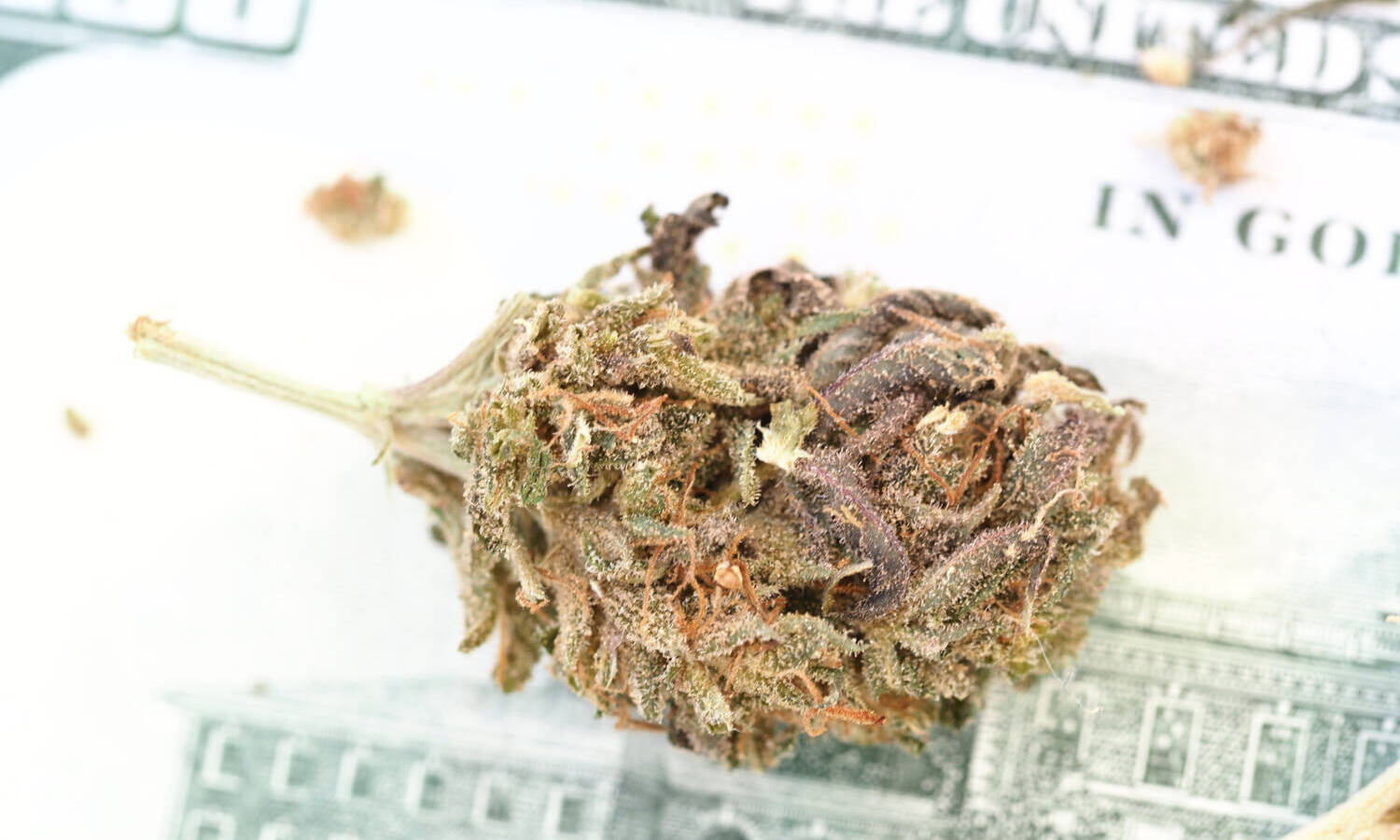There are reasons for hope, though. New and emerging adult-use markets in the Northeast region, as well as the Florida medical market, should show considerable growth next year.
By Adam Jackson
Without much meaningful development concerning legalization efforts in 2022, many sobering themes likely will carry over into 2023.
Layoffs will persist, and continued price compression and competition from the illicit channels will drive brand share consolidation in mature markets. West Coast legacy operators will continue to be bogged down by legislative limbo, a lack of access to banking services, and an incredibly competitive gray market unbound by onerous tax regulations — which, in turn, will lead to more operators fleeing the troubled market.

Additionally, companies will shift toward tighter capital management and budgeting as cash becomes more expensive and harder to grab.
“Painfully, we will see more cannabis businesses fail,” said Poseidon Asset Management managing director Patrick Rea. “This culling will thin the competitive herd and hand more power to the established incumbents — increasingly MSOs — with their lower cost of capital and growing footprint of assets and operations.”
There are reasons for hope, though.
New and emerging adult-use markets in the Northeast region, as well as the Florida medical market, should show considerable growth next year.
That’s bolstered by increasing market access. Half of the U.S. population over the age of 21 now have access or live in a state that has adult-use legal, with more than half recorded as past six-month consumers, according to BDSA analyst Brendan Mitchel-Chesebro.
“Even though there’s still these problems with price compression, even though there’re still regulatory issues — people waiting for SAFE Act to pass, people waiting for 280E reform – there’s still a lot of reasons why we think that there’s going to be huge growth in a lot of these markets,” he said.
Likely Winners
Many in the industry remain bullish on Florida, especially as it gears up for a well-funded adult-use ballot initiative push for 2024. BDSA believes Florida will be the biggest contributor to sales growth nationally through 2026, with $2.7 billion in projected medical sales next year.
New York could also emerge as one of the biggest growth opportunities in 2023, though the state’s ability to get more adult-use retail stores up and running will be the greatest indicator of progress — as looming sticker shock awaits legal enterprises.
“In our opinion, that’s the thing that would effectively cut into the illicit market the most, and that’s why some markets that have been up and running for a few years are still having problems with (the gray market),” Mitchel-Chesebro said.
In the Midwest, Missouri shows promise for MSOs and big vertical out-of-state operators. Friendly state taxes, good product split backed by a maturing retail footprint, and a smooth compliance process could make the difference in the Show-Me State.

Additionally, cross-border traffic from Arkansas and Kansas, which have fallen short on their own legalization efforts, should beef up sales in the new market, which is expected to launch in February.
RELATED: Top 5 Cannabis Scandals Of 2022
Cy Scott, CEO of cannabis data firm Headset, expects Missouri’s adult-use rollout to put additional pressure on the Illinois market to accelerate license grants, given the number of already-licensed medical dispensaries converting to adult-use locations.
If the rollout is successful, BDSA predicts around $270 million-$280 million in adult-use sales in 2023. Factoring in the maturing medical market, Missouri could very well reach $730 million in total legal sales.
More Normalization
The New Year also could see additional normalization from consumption lounges and bigger retail shifts to raise foot traffic and basket size, Mitchel-Chesebro said.
Dispensaries could begin to move away from the “deli layout” in favor of a more open retail floorplan similar to Apple stores. The BDSA analyst pointed to places like Planet 13, where employees are on the floor to assist shoppers, yet customers can move and browse around and check out display cases on their own.
RELATED: What Went Right, What Went Wrong, And What Went Sideways: 2022 In Cannabis
“I think that that’s going to be a big shift when we’re talking about storefront retail,” Mitchel-Chesebro said. “I think that a lot of people recognize that it is more approachable, especially for newer consumers.”
Still, convenience is king in the industry, which should see a stronger push toward direct consumer sales utilizing delivery and curbside pickup services.
‘The Missing Component is Capital’
Morgan Paxhia, co-founder and managing partner of Poseidon Asset Management, said this year is poised to be “the most bifurcated trajectories we have seen in the legal cannabis industry.”
Paxhia predicts a year full of the most defaults, wind downs, and state-level bankruptcies the legal cannabis industry has ever seen — especially with the sobering lull in meaningful federal banking legislation.
“We see this cycle finally coming to a head as the tight capital markets have persisted for so long combined with onerous cannabis taxes, deflationary cannabis prices and inflationary costs,” he said. “This cycle was well on its way and COVID interrupted it, like many other industries. We think most of this stress is within smaller companies.”

However, Paxhia also sees a healthy return of M&A for many areas of cannabis, too, such as operators, ancillary technologies, and hydroponics. “We see this driven by companies continuing to seek operating efficiencies, scale, and stronger competitive footprints.
“We see that inward, digestion period running its course and companies getting back on offense,” he said. “We also wouldn’t rule out activity, not likely M&A activity per se, with mainstream strategies, like alcohol, tobacco, CPG.”
A meaningful return of equity capital flows after a long protracted bear market is also possible, likely benefiting the largest companies first due to lower perceived risk.
“Big picture, we know more now than ever about how to run a successful legal cannabis company. There are more experienced operators than ever. There are more legal states than ever,” Rea noted.
“The missing component is capital.”
This article originally appeared on Green Market Report and has been reposted with permission.


